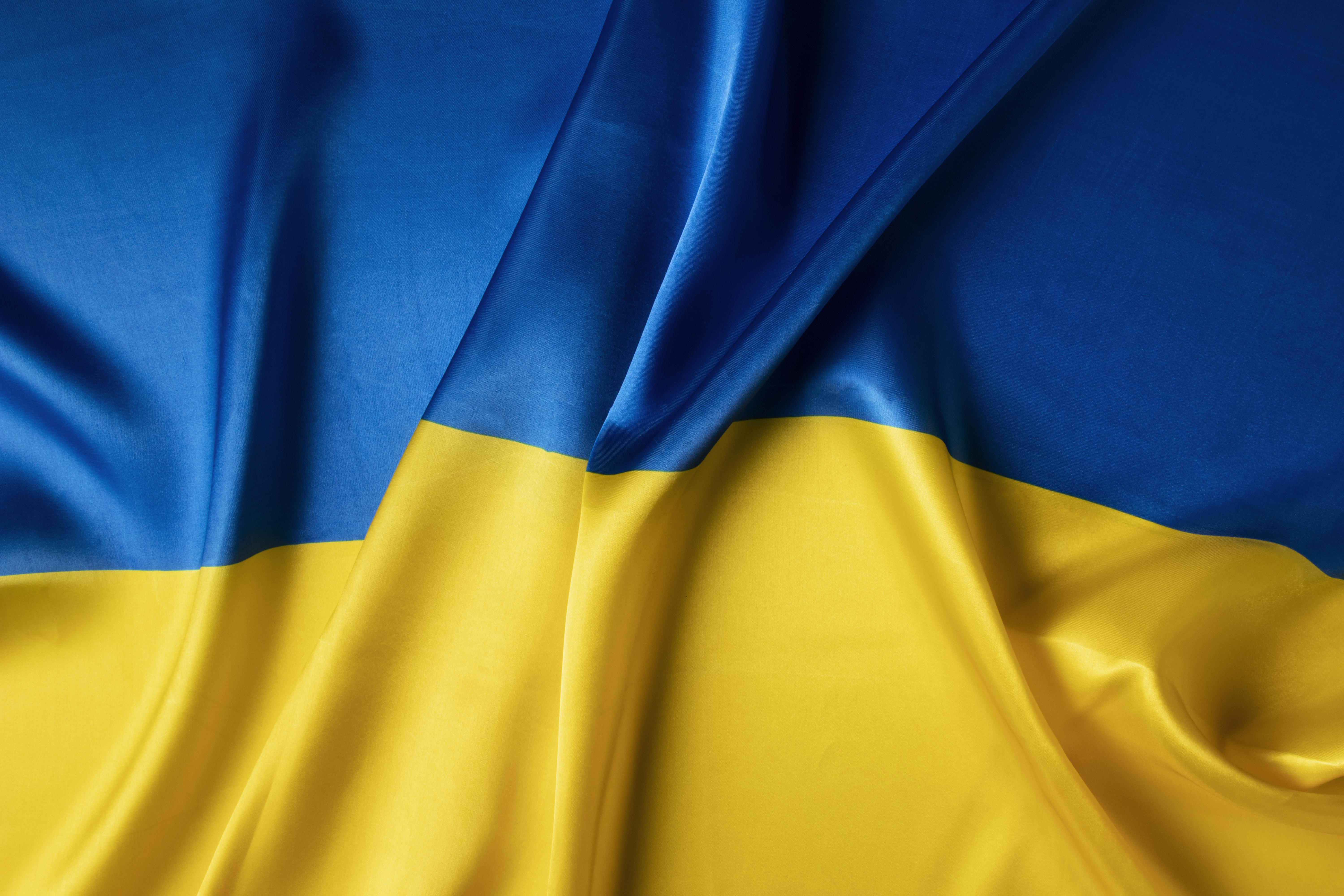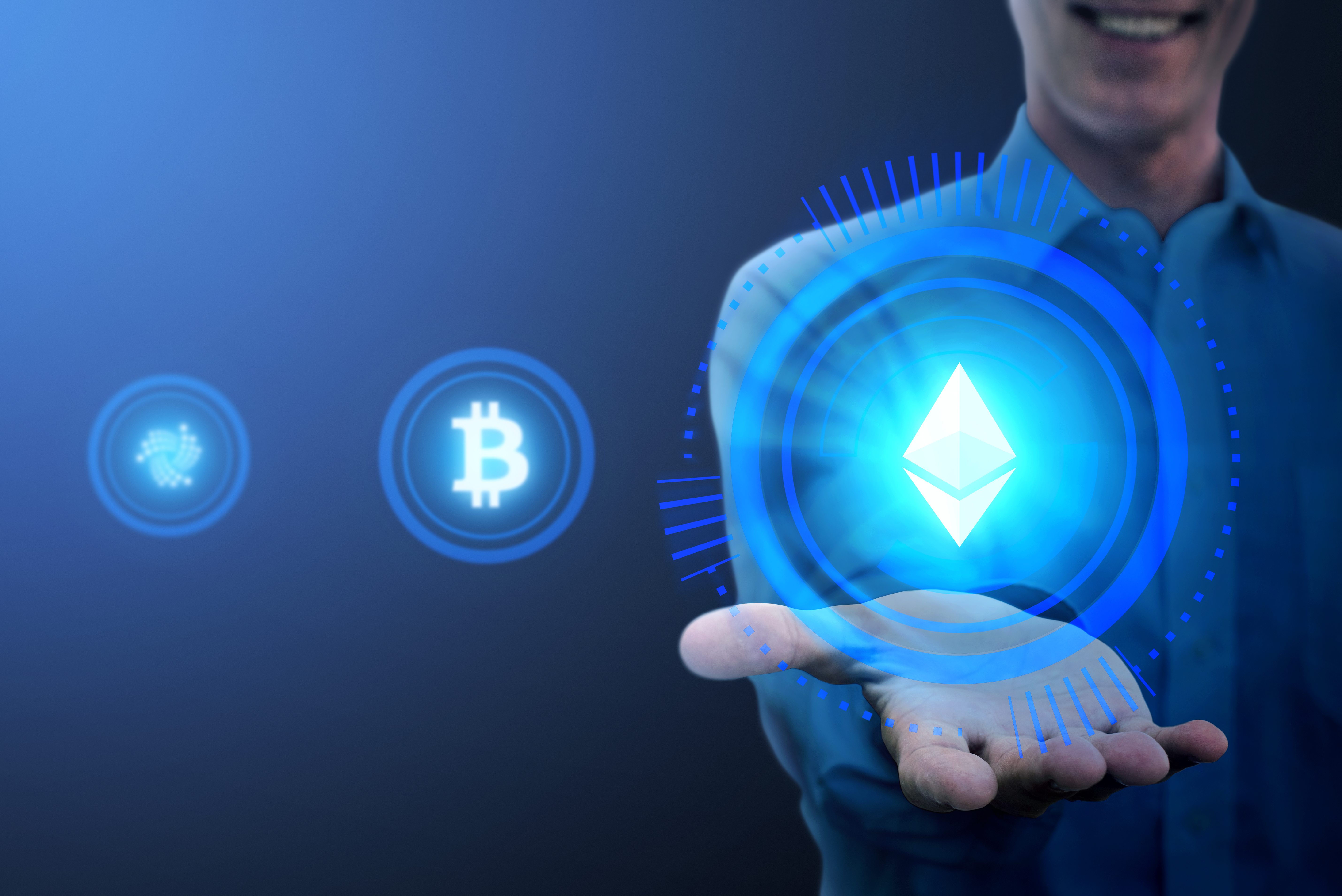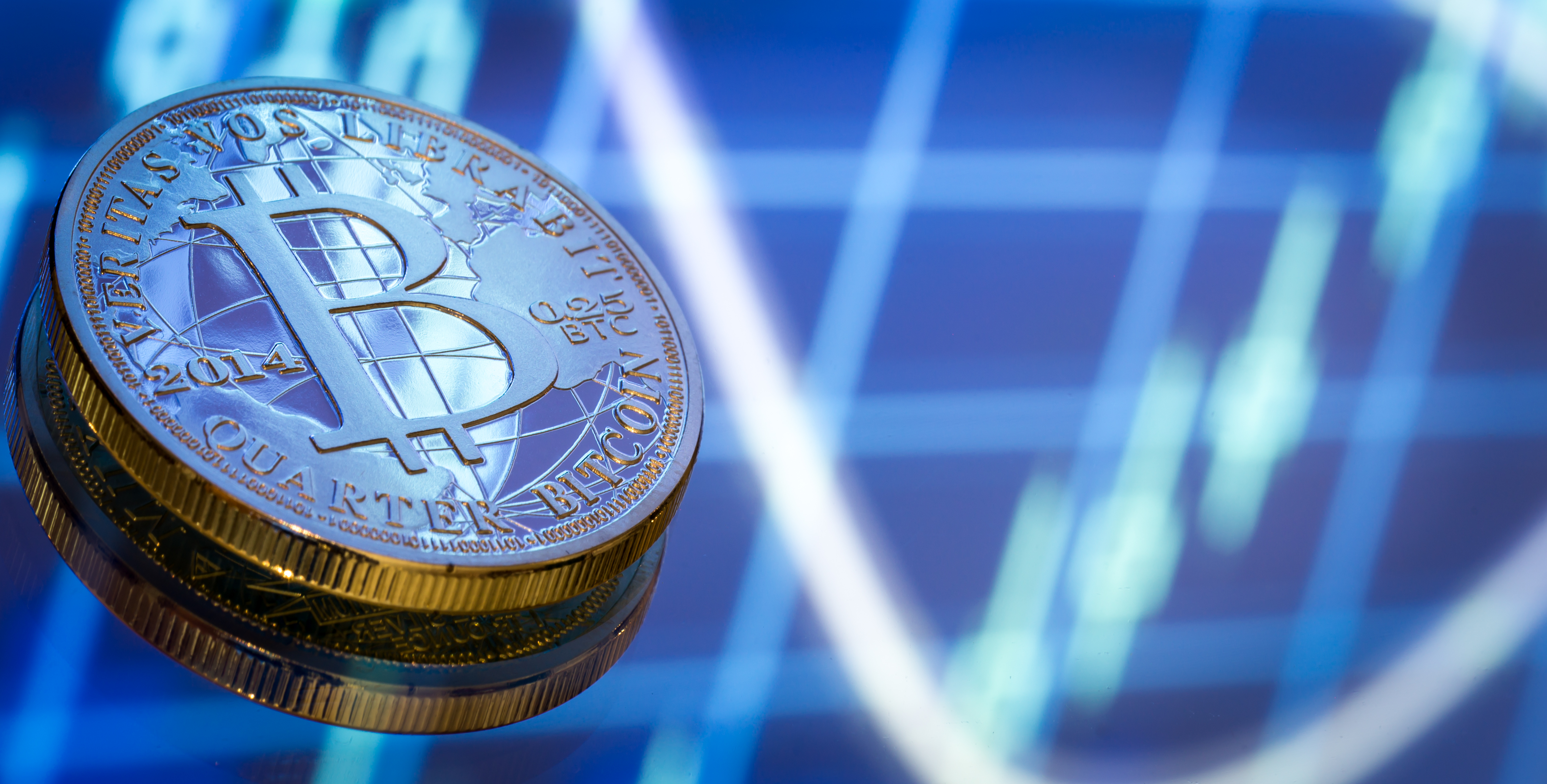PayPal has introduced ‘Pay with Crypto,’ a settlement feature that lets US merchants accept over 100 digital currencies, including Bitcoin, Ether, Solana, and stablecoins. Shoppers pay from wallets like MetaMask or Coinbase, and merchants receive instant payouts in dollars or PYUSD.
The service is designed to eliminate volatility risks by automatically converting crypto into fiat or stablecoins. Merchants benefit from near-instant settlement, lower fees than traditional card payments, and optional yield on PYUSD balances.
Small and medium-sized enterprises are expected to gain the most from global reach, quicker cash flow, and reduced costs.
For consumers, the process mirrors card payments. Buyers simply connect a wallet at checkout and pay in crypto, while merchants receive stable-value settlements.
The system enables non-custodial wallet users to spend crypto directly, turning digital assets into usable currency without relying on exchanges.
PayPal’s long-term goal is to create a global crypto-enabled infrastructure. With partnerships such as Fiserv and its upcoming World Wallet alliance, PayPal plans to integrate stablecoins and enable seamless cross-border payments through Fiserv and its World Wallet alliance.
Would you like to learn more about AI, tech and digital diplomacy? If so, ask our Diplo chatbot!










